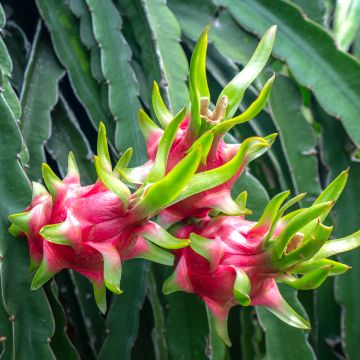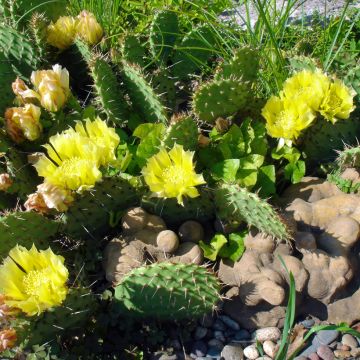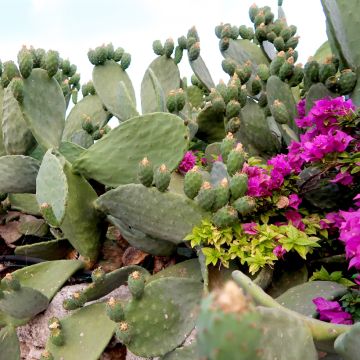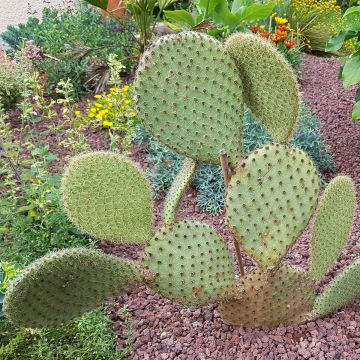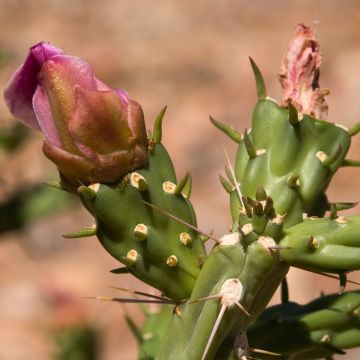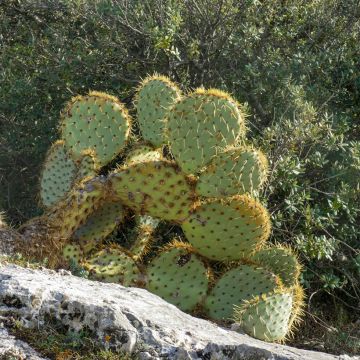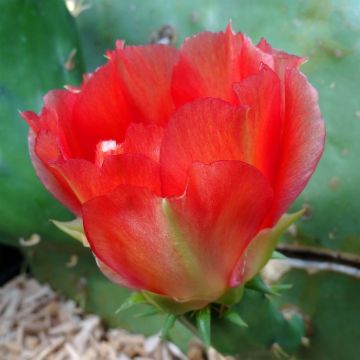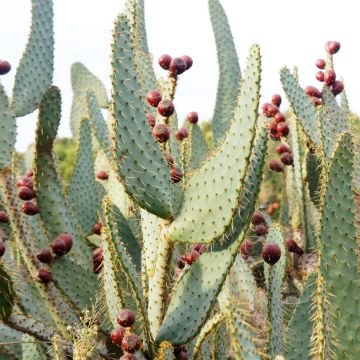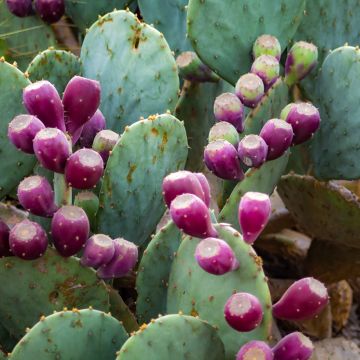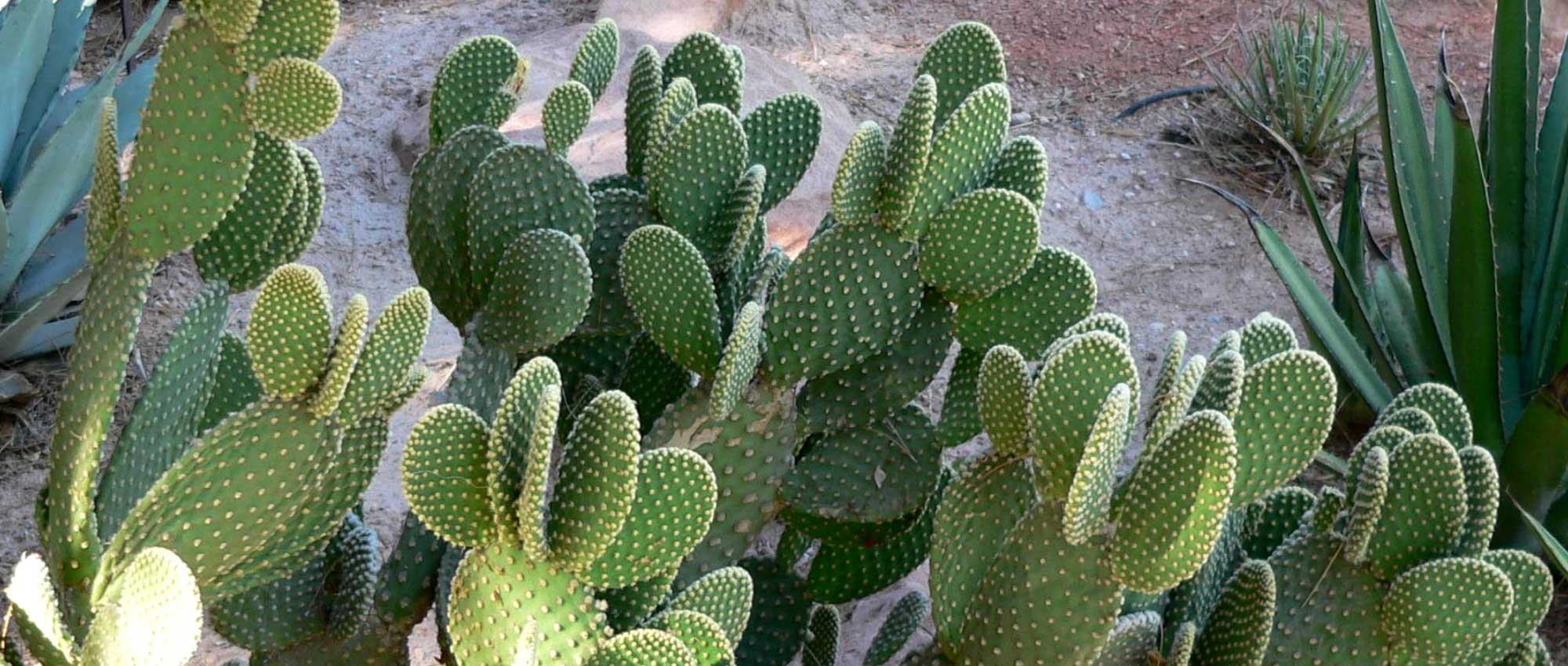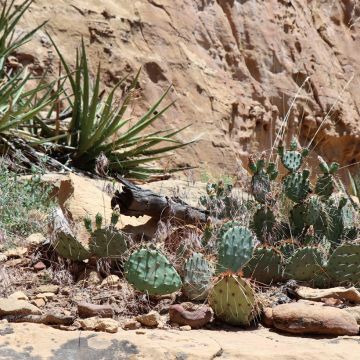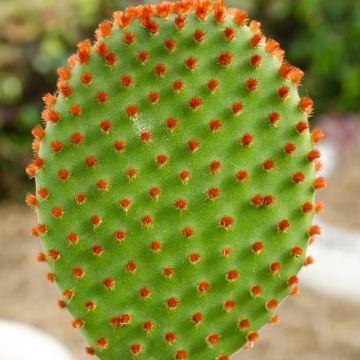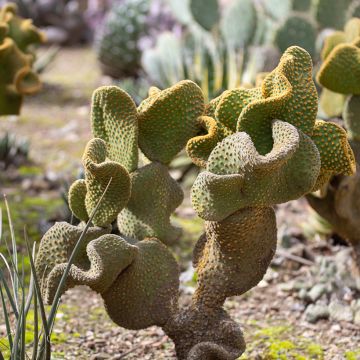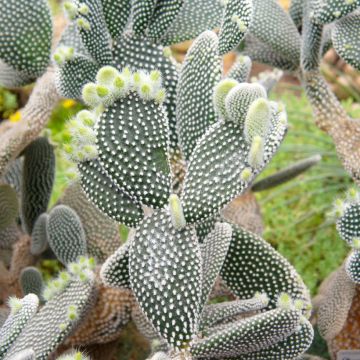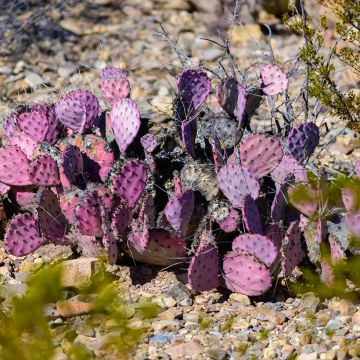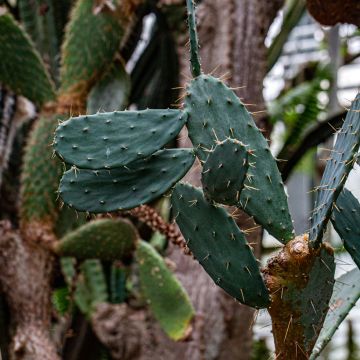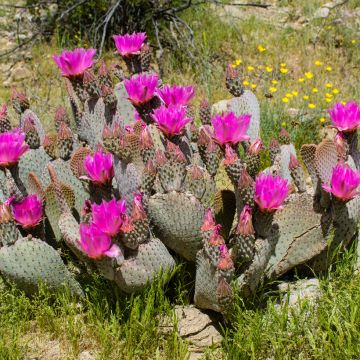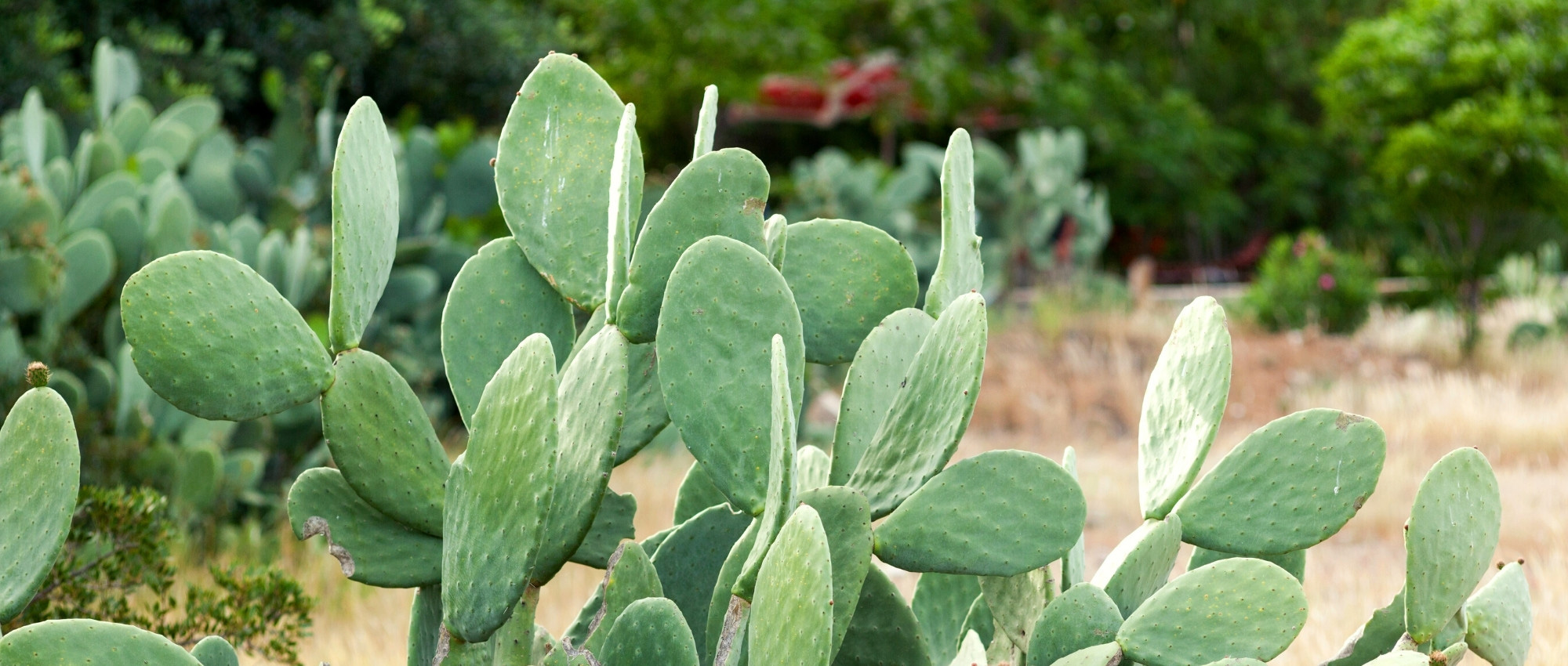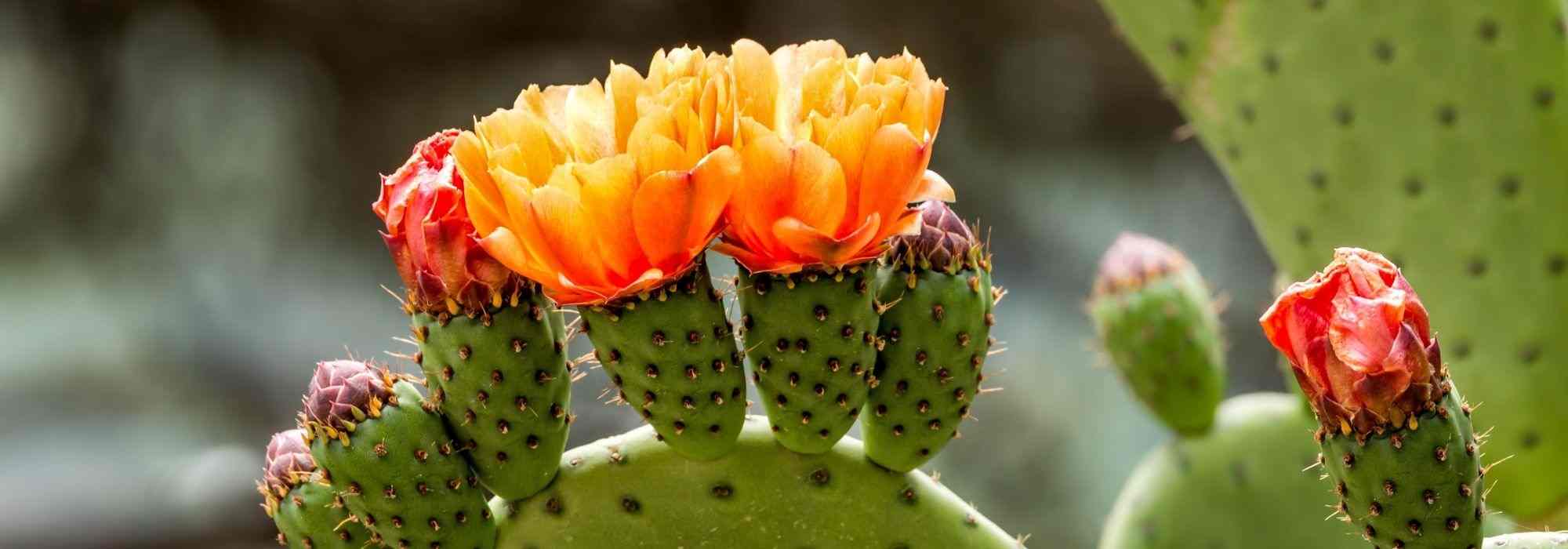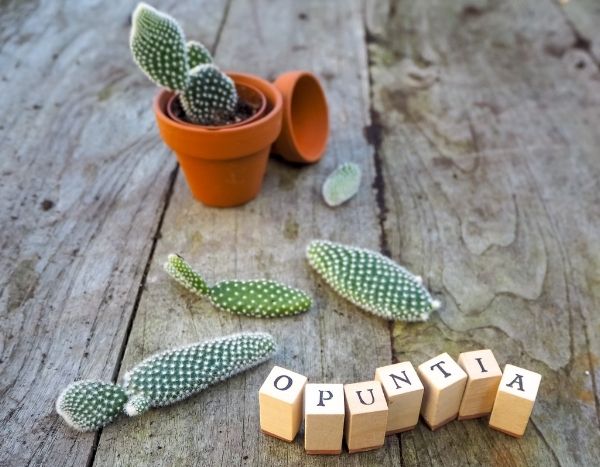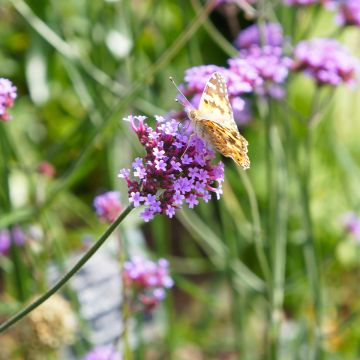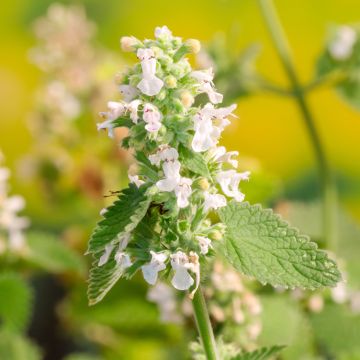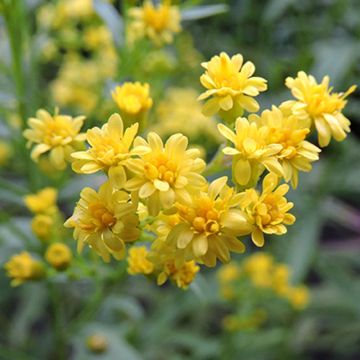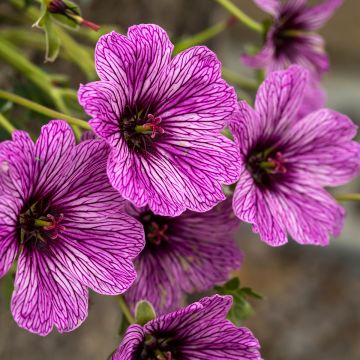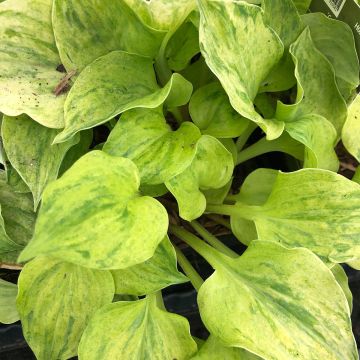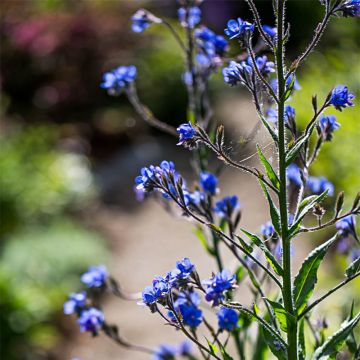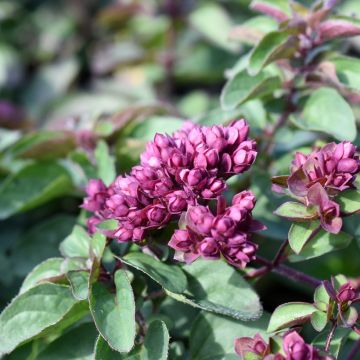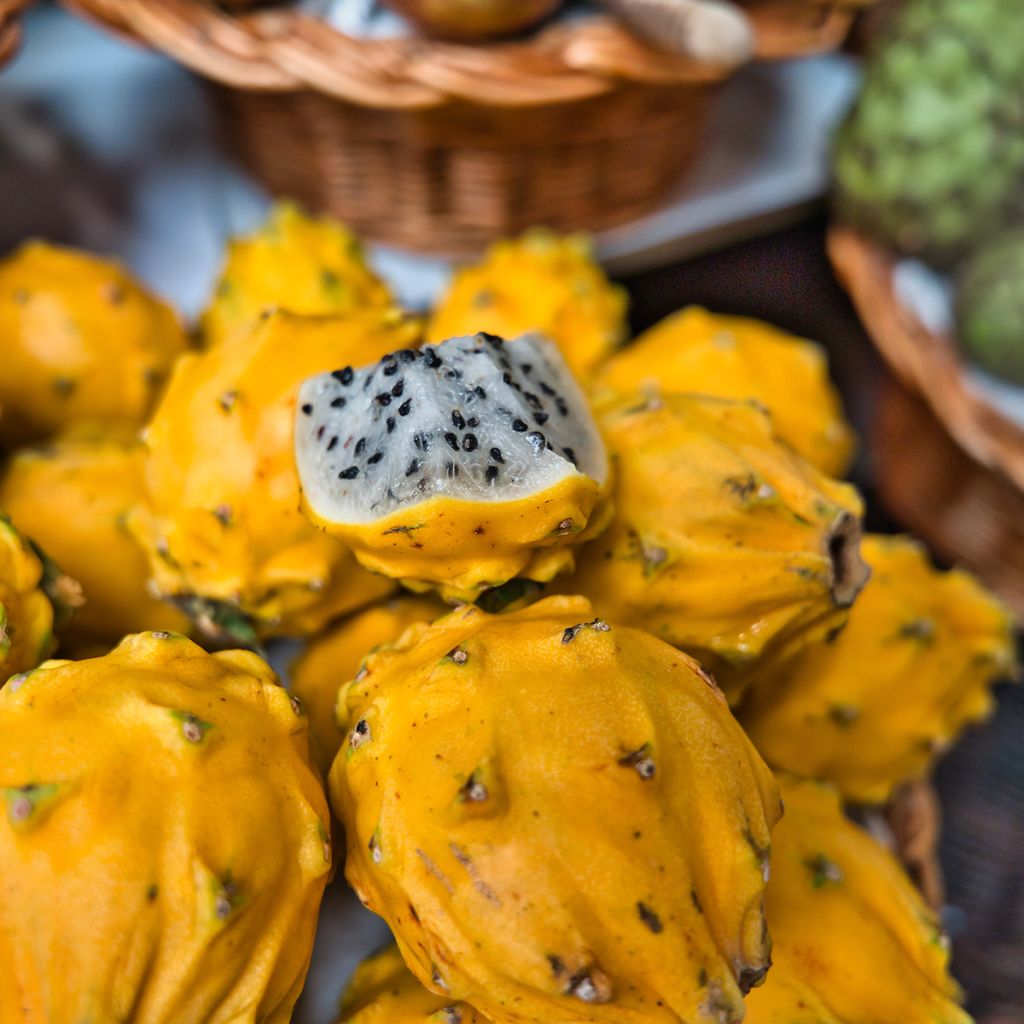

Hylocereus megalanthus - Yellow Pitahaya


Hylocereus megalanthus - Yellow Pitahaya
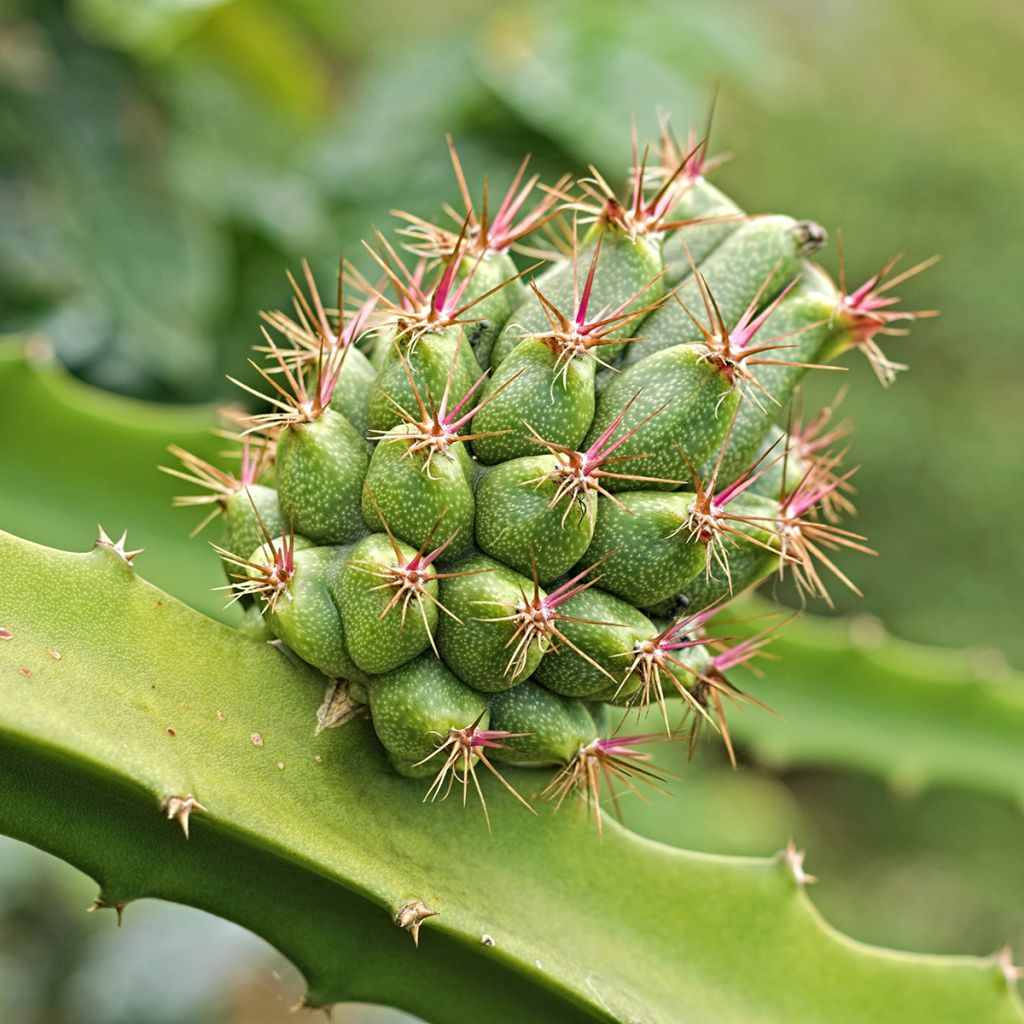

Hylocereus megalanthus - Yellow Pitahaya
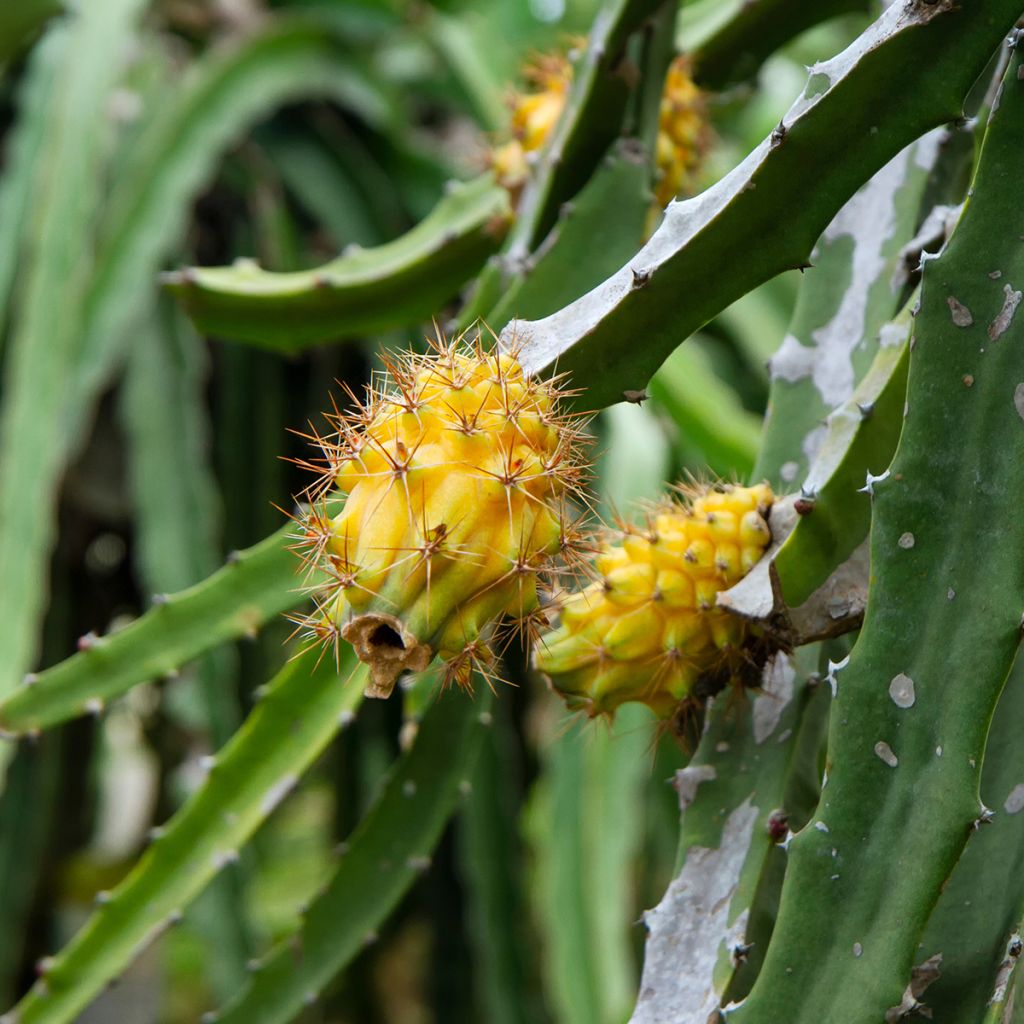

Hylocereus megalanthus - Yellow Pitahaya
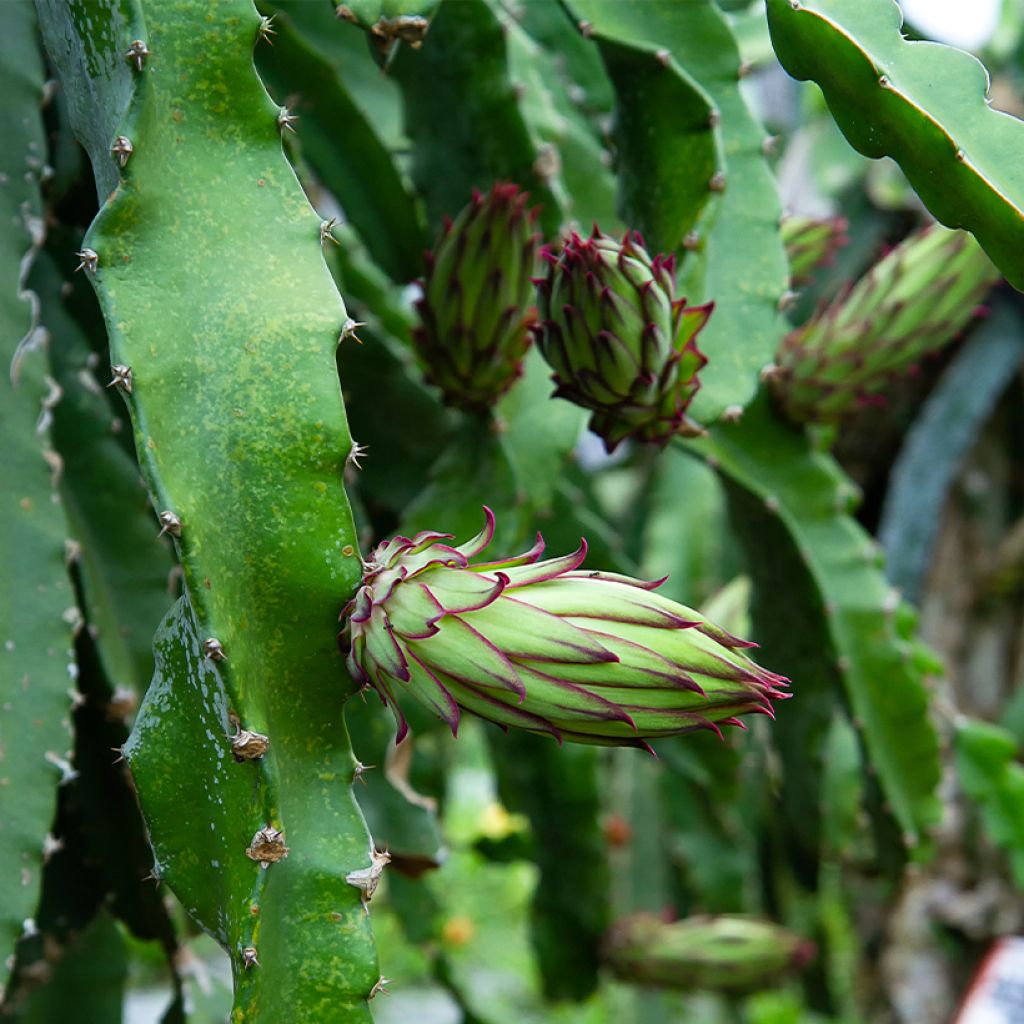

Hylocereus megalanthus - Yellow Pitahaya
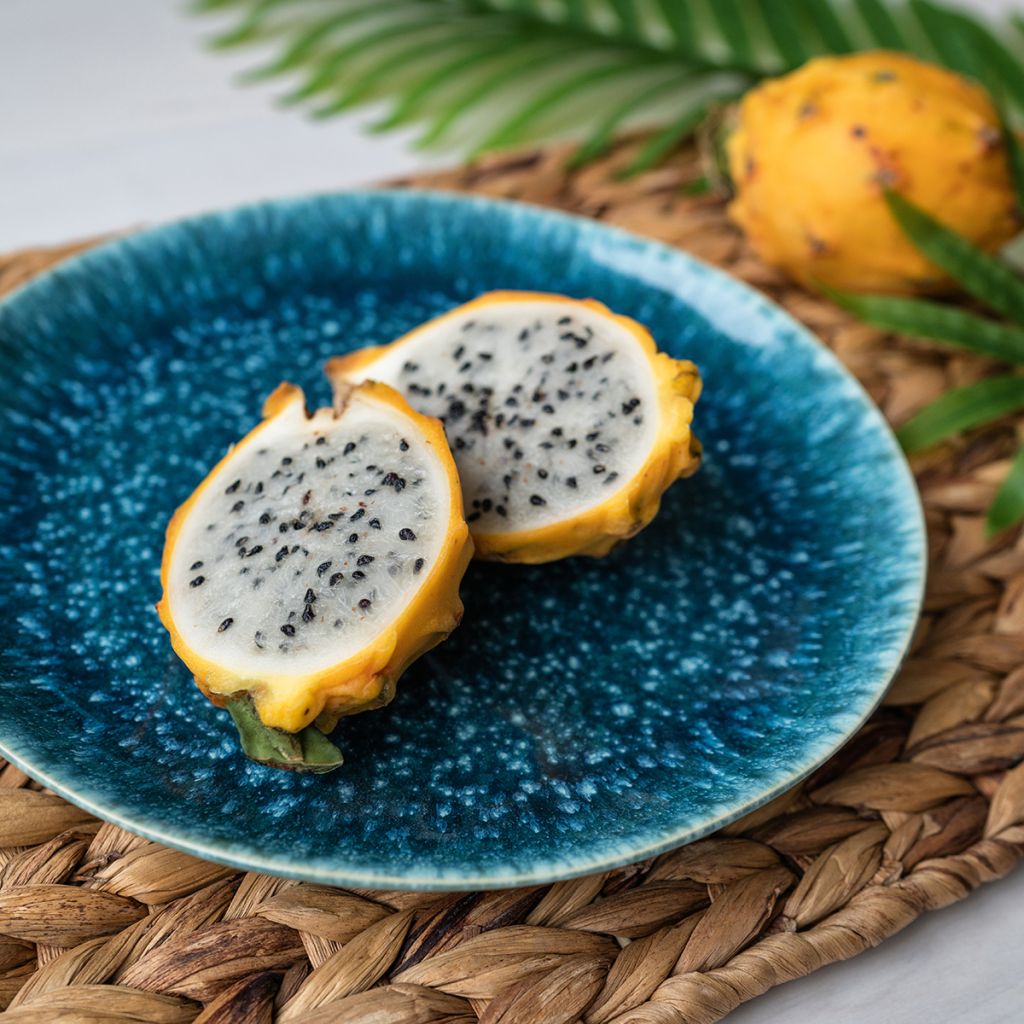

Hylocereus megalanthus - Yellow Pitahaya
Hylocereus megalanthus - Yellow Pitahaya
Hylocereus megalanthus
Yellow Pitahaya, Yellow Dragon Fruit
Special offer!
Receive a €20 voucher for any order over €90 (excluding delivery costs, credit notes, and plastic-free options)!
1- Add your favorite plants to your cart.
2- Once you have reached €90, confirm your order (you can even choose the delivery date!).
3- As soon as your order is shipped, you will receive an email containing your voucher code, valid for 3 months (90 days).
Your voucher is unique and can only be used once, for any order with a minimum value of €20, excluding delivery costs.
Can be combined with other current offers, non-divisible and non-refundable.
Why not try an alternative variety in stock?
View all →This plant carries a 6 months recovery warranty
More information
We guarantee the quality of our plants for a full growing cycle, and will replace at our expense any plant that fails to recover under normal climatic and planting conditions.
Description
The Pitaya or Yellow Dragon Fruit, known by its Latin name Hylocereus megalanthus, is an epiphytic cactus with a climbing or creeping habit adorned with short and fine thorns. The plant undoubtedly produces the largest flower among all cacti. Ephemeral, it blooms at nightfall. Its scaly fruits, called Pitaya or Dragon Fruit, sometimes found on exotic product stalls, are yellow, with white flesh and tiny black seeds. It is a very frost-sensitive plant that requires at least 10°C in winter, and it blooms with difficulty in our regions, although it is possible with ideal growing conditions. One should not expect to eat its fruits in our latitudes. It is cultivated in full sun, in a pot to be brought indoors during the bad season, in a greenhouse or a conservatory. It requires a support or a trellis to spread its ramified lianas.
The Hylocereus megalanthus is synonymous with Cereus megalanthus or Selenicereus megalanthus. It is also known as Yellow Pitaya. This species belongs to the cactus family. It is native to the West Indies and tropical America: Colombia, Costa Rica, Ecuador, Nicaragua, Panama, and Peru. It is found in tropical forests and is an epiphytic and xerophytic plant. This large cactus is a highly branched liana that can reach 4m in length and width. Its stems can be lying on the ground, climbing or hanging. The stems often have a thickness of only 1.5cm and produce aerial roots. This cactus only blooms at nightfall, in the summer and autumn: a large white and yellow, tubular, fragrant and nectariferous flower blooms, but its duration is ephemeral: it starts to open around 9 pm and reaches its full bloom around midnight. The funnel-shaped flower measures up to 30cm in diameter and emits a vanilla scent. The stamens are numerous and inserted in two yellow areas; the style is yellow, and the stigma lobes are numerous and green. The self-sterile plant needs a companion plant and a pollinator to obtain fruits in its natural environment. Bats pollinate the flowers. The yellow-coloured pitaya fruit is oval and scaly, measuring about 10cm. Inside, its flesh is white with lots of tiny black seeds. It is low in calories, very refreshing, rich in vitamins and antioxidants.
The pitaya requires a sandy, gravelly, and humus-bearing soil. Outdoors can tolerate full sun exposure, provided it has good humidity and a warm, sheltered location. Flowering is challenging to achieve and depends on growing conditions. It needs a bright environment all year round, with good humidity. It tolerates heat very well and can withstand temperatures as low as -2°C for short periods. In winter, it is preferable to keep it between 10 and 11°C.
Unlike other cacti, this species should be considered more as a tropical or subtropical plant, and its environment should ideally be warm and humid.
Hylocereus megalanthus - Yellow Pitahaya in pictures


Plant habit
Fruit
Flowering
Foliage
Botanical data
Hylocereus
megalanthus
Cactaceae
Yellow Pitahaya, Yellow Dragon Fruit
Cereus megalanthus, Selenicereus megalanthus
South America
Other Opuntia
View all →Planting and care
The Hylocereus megalanthus appreciates a well-draining, sandy, humus-bearing substrate that retains moisture. In a pot, it requires regular watering every ten days in summer but likes a bit of dryness in winter. It needs good humidity during the growth period to ensure flowering. Outdoors can tolerate full sun exposure, provided it has good moisture and a sheltered, warm location. Flowering is challenging to achieve and depends on the growing conditions. It needs a bright environment all year round, with good humidity. It tolerates heat very well and can withstand temperatures as low as -2°C for short periods. In winter, it is best to keep it between 10 and 11°C. Unlike typical cactus cultivation practices, this plant should be considered more as a tropical or subtropical plant, and its environment should ideally be warm and humid.
You should support the cactus, either a T-shaped stake from which its branches will hang or a wire trellis, and space the plants about 3 metres apart.
Cochineal insects are a concern, especially in our latitudes when the plant is overwintered in a greenhouse.
Handle your cacti with gloves and protective eyewear.
Planting period
Intended location
Care
Planting & care advice
This item has not been reviewed yet - be the first to leave a review about it.
Similar products
Haven't found what you were looking for?
Hardiness is the lowest winter temperature a plant can endure without suffering serious damage or even dying. However, hardiness is affected by location (a sheltered area, such as a patio), protection (winter cover) and soil type (hardiness is improved by well-drained soil).

Photo Sharing Terms & Conditions
In order to encourage gardeners to interact and share their experiences, Promesse de fleurs offers various media enabling content to be uploaded onto its Site - in particular via the ‘Photo sharing’ module.
The User agrees to refrain from:
- Posting any content that is illegal, prejudicial, insulting, racist, inciteful to hatred, revisionist, contrary to public decency, that infringes on privacy or on the privacy rights of third parties, in particular the publicity rights of persons and goods, intellectual property rights, or the right to privacy.
- Submitting content on behalf of a third party;
- Impersonate the identity of a third party and/or publish any personal information about a third party;
In general, the User undertakes to refrain from any unethical behaviour.
All Content (in particular text, comments, files, images, photos, videos, creative works, etc.), which may be subject to property or intellectual property rights, image or other private rights, shall remain the property of the User, subject to the limited rights granted by the terms of the licence granted by Promesse de fleurs as stated below. Users are at liberty to publish or not to publish such Content on the Site, notably via the ‘Photo Sharing’ facility, and accept that this Content shall be made public and freely accessible, notably on the Internet.
Users further acknowledge, undertake to have ,and guarantee that they hold all necessary rights and permissions to publish such material on the Site, in particular with regard to the legislation in force pertaining to any privacy, property, intellectual property, image, or contractual rights, or rights of any other nature. By publishing such Content on the Site, Users acknowledge accepting full liability as publishers of the Content within the meaning of the law, and grant Promesse de fleurs, free of charge, an inclusive, worldwide licence for the said Content for the entire duration of its publication, including all reproduction, representation, up/downloading, displaying, performing, transmission, and storage rights.
Users also grant permission for their name to be linked to the Content and accept that this link may not always be made available.
By engaging in posting material, Users consent to their Content becoming automatically accessible on the Internet, in particular on other sites and/or blogs and/or web pages of the Promesse de fleurs site, including in particular social pages and the Promesse de fleurs catalogue.
Users may secure the removal of entrusted content free of charge by issuing a simple request via our contact form.
The flowering period indicated on our website applies to countries and regions located in USDA zone 8 (France, the United Kingdom, Ireland, the Netherlands, etc.)
It will vary according to where you live:
- In zones 9 to 10 (Italy, Spain, Greece, etc.), flowering will occur about 2 to 4 weeks earlier.
- In zones 6 to 7 (Germany, Poland, Slovenia, and lower mountainous regions), flowering will be delayed by 2 to 3 weeks.
- In zone 5 (Central Europe, Scandinavia), blooming will be delayed by 3 to 5 weeks.
In temperate climates, pruning of spring-flowering shrubs (forsythia, spireas, etc.) should be done just after flowering.
Pruning of summer-flowering shrubs (Indian Lilac, Perovskia, etc.) can be done in winter or spring.
In cold regions as well as with frost-sensitive plants, avoid pruning too early when severe frosts may still occur.
The planting period indicated on our website applies to countries and regions located in USDA zone 8 (France, United Kingdom, Ireland, Netherlands).
It will vary according to where you live:
- In Mediterranean zones (Marseille, Madrid, Milan, etc.), autumn and winter are the best planting periods.
- In continental zones (Strasbourg, Munich, Vienna, etc.), delay planting by 2 to 3 weeks in spring and bring it forward by 2 to 4 weeks in autumn.
- In mountainous regions (the Alps, Pyrenees, Carpathians, etc.), it is best to plant in late spring (May-June) or late summer (August-September).
The harvesting period indicated on our website applies to countries and regions in USDA zone 8 (France, England, Ireland, the Netherlands).
In colder areas (Scandinavia, Poland, Austria...) fruit and vegetable harvests are likely to be delayed by 3-4 weeks.
In warmer areas (Italy, Spain, Greece, etc.), harvesting will probably take place earlier, depending on weather conditions.
The sowing periods indicated on our website apply to countries and regions within USDA Zone 8 (France, UK, Ireland, Netherlands).
In colder areas (Scandinavia, Poland, Austria...), delay any outdoor sowing by 3-4 weeks, or sow under glass.
In warmer climes (Italy, Spain, Greece, etc.), bring outdoor sowing forward by a few weeks.






























